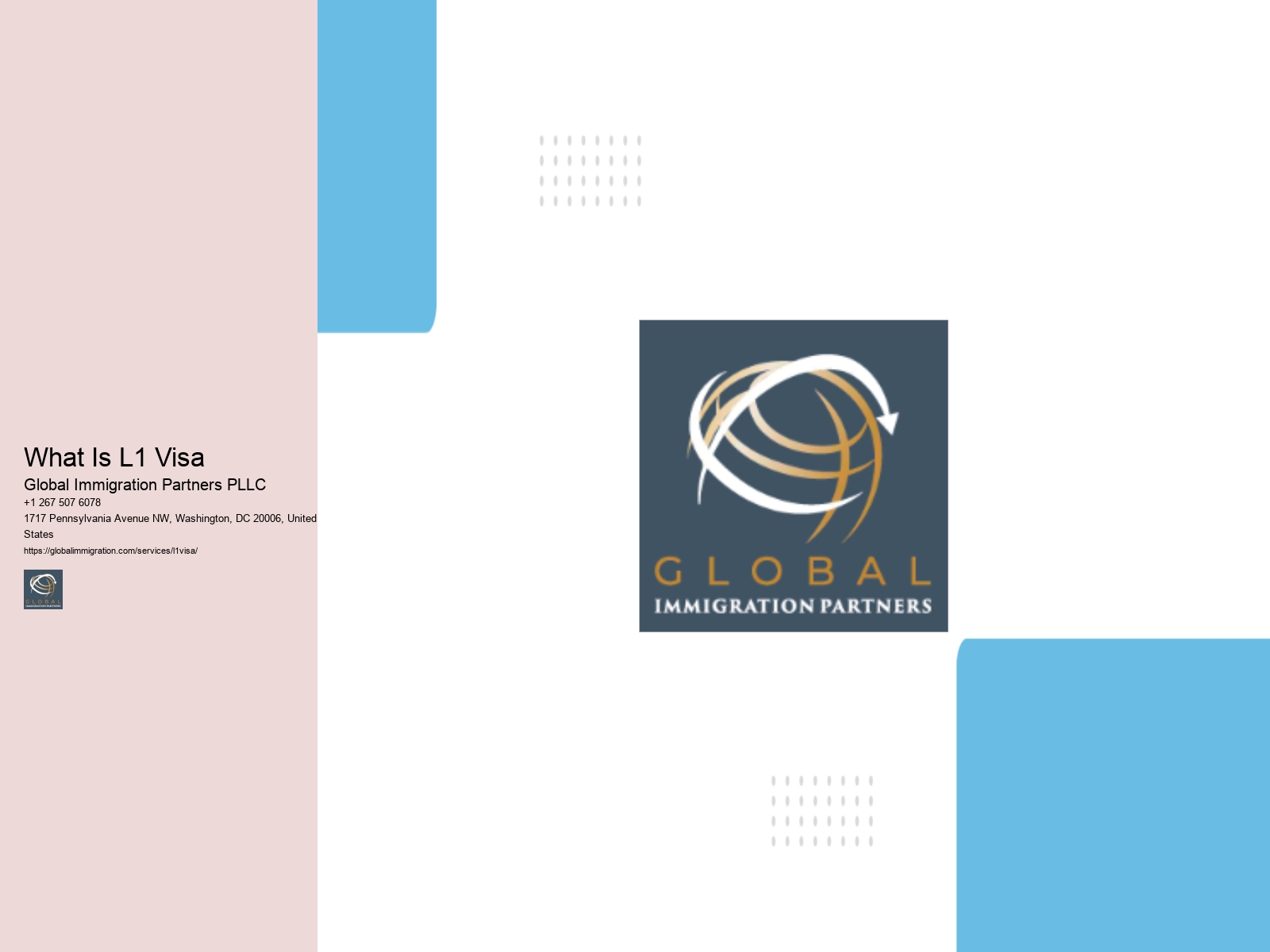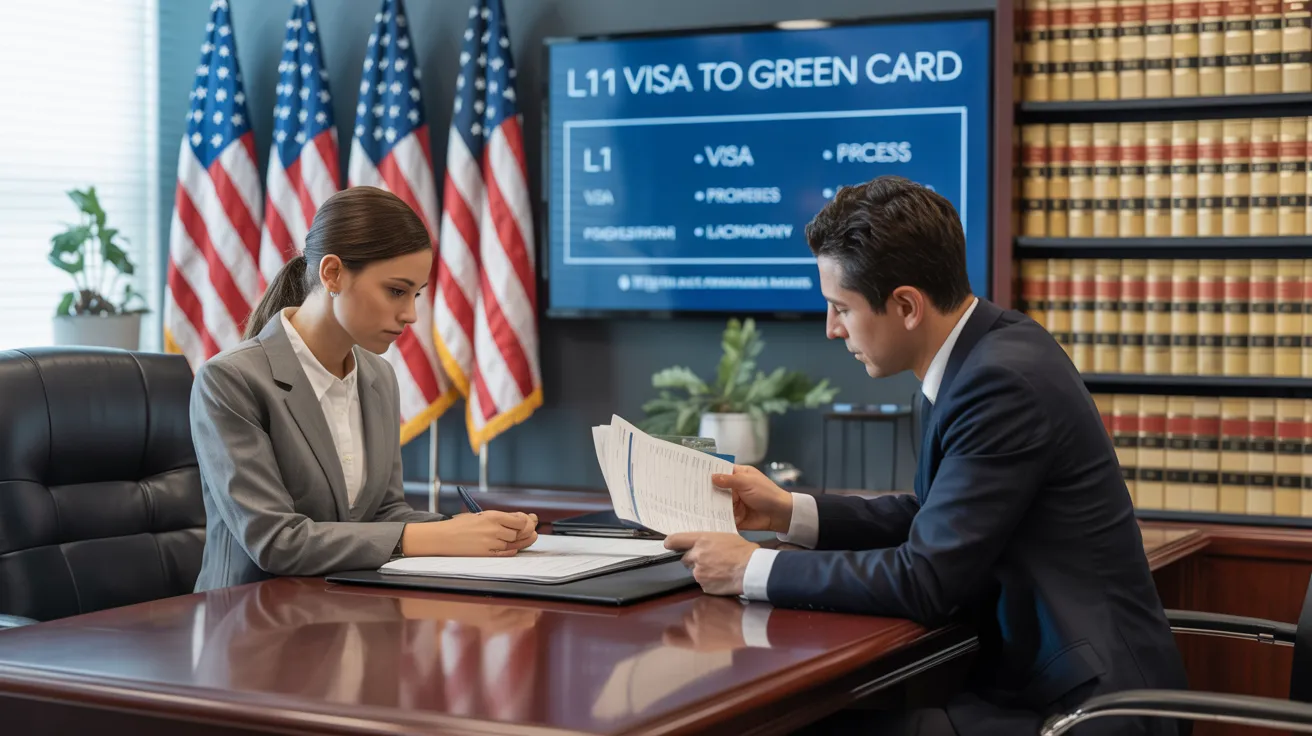

The L1 Visa serves as a crucial pathway for multinational companies seeking to transfer key employees to their U.S. operations, offering distinct classifications for executives and specialized professionals.
Understanding its eligibility criteria, application process, and associated benefits is essential for organizations aiming to leverage global talent effectively.
However, steering through the complexities of this visa can pose significant challenges for both employers and employees alike. As we explore the nuances of the L1 Visa, it becomes clear that grasping its intricacies is essential for successful implementation in a competitive international landscape.
Understanding the L1 visa is crucial for multinational companies seeking to transfer employees to their U.S. offices. The L1 visa is a non-immigrant classification that enables organizations to relocate foreign employees with specialized knowledge or managerial capabilities from their overseas branches to the United States.
This visa is particularly advantageous for companies aiming to facilitate seamless operations and leverage global talent in a competitive market. The L1 visa encompasses two categories: L-1A for executives and managers, and L-1B for employees with specialized knowledge.
Valid for an initial period of up to three years, the L1 visa can be extended, allowing companies to retain essential personnel while maneuvering the complexities of international business environments effectively.
To successfully apply for an L1 visa, both the employer and the employee must meet specific eligibility criteria set forth by U.S. immigration authorities. The employer must be a qualifying organization, such as a parent company, subsidiary, affiliate, or branch that conducts business in the U.S. and abroad.
Additionally, the employee must have worked for the employer for at least one continuous year within the last three years in a managerial, executive, or specialized knowledge capacity. The employee must also be transferring to a similar role within the U.S. operations.
Furthermore, the job position in the U.S. must require the employee's specialized knowledge or managerial skills, ensuring that the essential functions of the role align with the L1 visa requirements.

The L1 visa category comprises two primary types: L1A and L1B, each designed to accommodate different roles within an organization. The L1A visa is intended for managers and executives who are transferring to a U.S. office from a foreign branch, subsidiary, or affiliate.
This visa is valid for an initial period of three years, extendable up to a maximum of seven years. Conversely, the L1B visa is tailored for employees with specialized knowledge essential for the company's operations.
This visa also starts with a three-year term but can be extended for up to five years. Both visa types facilitate the international transfer of talent, promoting business growth and operational efficiency within global enterprises.
Maneuvering the application process for an L1 visa requires careful attention to detail and adherence to specific guidelines set by U.S. Citizenship and Immigration Services (USCIS).
The process begins with the employer filing Form I-129, Petition for a Nonimmigrant Worker, along with the requisite documentation that demonstrates the qualifying relationship between the U.S. and foreign entities. Essential documents include proof of employment, the employee's qualifications, and evidence of the company's operational status.
Once the petition is approved, the applicant must apply for the visa at a U.S. consulate or embassy, which involves submitting Form DS-160 and attending an interview. Timely submission and thorough preparation are vital to guarantee a smooth application experience.

Opening opportunities for both employers and employees, the L1 visa offers numerous advantages that facilitate international business operations. One of the primary benefits is the ability for multinational companies to transfer key personnel, ensuring that expertise and knowledge are retained within the organization.
This fosters a seamless exchange of skills across borders, enhancing productivity and innovation. Additionally, L1 visa holders can bring their dependents, allowing families to support each other during the relocation process.
The visa also provides a pathway to permanent residency, which can be an attractive incentive for employees looking to settle in the U.S. Moreover, there are no quotas for L1 visas, allowing employers to respond promptly to their staffing needs without the constraints of numerical limits.
Maneuvering the complexities of the L1 visa process can present several challenges for both employers and employees. One significant hurdle is the stringent eligibility criteria, which require proof that the employee has worked for the company abroad for at least one continuous year within the last three years.
Additionally, employers must demonstrate that the foreign entity and the U.S. entity have a qualifying relationship. The documentation process can be cumbersome, requiring extensive paperwork and evidence to support the application.
Moreover, the potential for delays in processing times can hinder business operations. Finally, traversing the nuances of immigration laws and policies can lead to confusion, making it essential for both parties to seek expert guidance to mitigate risks.

The duration of stay for L1 visa holders is typically up to three years, with the possibility of extensions. For L1A visa holders, which are designated for managers and executives, the maximum stay can extend up to seven years. Conversely, L1B visa holders, for those with specialized knowledge, are allowed a maximum of five years. It is essential to adhere to the regulations governing extensions to maintain legal status during their stay in the United States.
While on an L1 visa, job restrictions primarily pertain to the specific employer and position outlined in the visa application. Visa holders are authorized to work only for the sponsoring employer and in the capacity specified, such as managerial or specialized knowledge roles. Additionally, changing employers or job functions requires filing a new petition, ensuring compliance with immigration regulations. Therefore, maintaining adherence to these stipulations is vital for visa holders.
Eligibility for the L1 visa does not mandate specific job titles; however, applicants must hold positions that qualify them as either managers, executives, or employees with specialized knowledge. The role must demonstrate a clear connection to the multinational company, reflecting significant responsibility within the organization. It is crucial for employers to provide documentation that substantiates the applicant's qualifications and the nature of their role to guarantee compliance with immigration regulations.